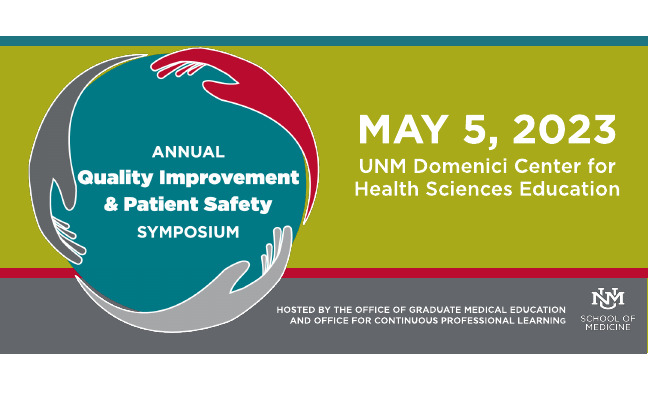Document Type
Poster
Publication Date
5-5-2023
Abstract
Background
Recent advances in coronary interventional practice have decreased complication rates and improved procedural success rates. Despite this, mortality after coronary intervention remains a problem.
Clinical databases such as the American College of Cardiology, National Cardiovascular Data CathPCI Registry do not contain enough information to determine the specific cause of death after PCI
AIM
- To identify primary cause of death after PCI at the University of New Mexico (UNM).
- Identify complications from PCI and their contribution to death.
- Identify opportunities for improvement in care of patients undergoing PCI at (UNM) .
Methods
- Chart Review: The University of New Mexico electronic medical record system was used to identify patients who underwent PCI and subsequently died before discharge from 1/1/19– 6/30/21.
- Electronic medical records for each patient were reviewed to identify causes of death, procedural success of PCI, complications of PCI, contribution of PCI complications to death, presentation before PCI.
Results
During the study period, 48 patients had PCI followed by death before discharge.
44% of cases involved patients with ST elevation myocardial infarction (STEMI). Two patients presented with ACHF and two with non-STEMI.
35% of patient had Out of Hospital Cardiac arrest.
The indication for PCI was STEMI in 69% of patients. Other indication included NSTEMI (N= 3), cardiogenic shock (N=7), Cardiac arrest (N=6) and Elevated troponin (N = 1).
PCI success rate was 90%.
Causes of death were most frequently cardiac (70%), COVID (8%), anoxic brain injury (5%), and miscellaneous (9%).
Opportunities for improvement (OFIs) were identified in approximately 30% of patients.
Patient- specific OFIs included:
Time delay in patients taken to Cath Lab. Four cases were identified where time delays occurred due to patients being stabilized in the ED or ICU or lack of symptoms at the time of presentation.
For the cases with delays to cath lab, the delay on one patient was approximately 140 minutes due to delays in the ED and ICU stabilizing patient. Also, a delay for one patient was noted with EKG not showing NSTEMI. In one case a delay was due to patient preferences: the patient refused an EKG and blood draw for troponins.
System level OFIs included:
Lack of a PCI Registry at the UNM. A PCI Registry would have made data collection much easier and allowed for identification of problems closer to real time, without relying on a special ad hoc QI project.
Lack of PCI at referring hospitals
Lack of timely transfer resources including advanced life support ambulances and helicopters.
Conclusions
Deaths post PCI are almost always in acute unstable patients with MI (as opposed to stable patients),
We did not identify any deaths directly attributable to PCI complications or failure. In the 10% of cases in which PCI was unsuccessful, it is likely that even successful PCI would not have prevented death, due to severe co-morbidities and presenting conditions.
Recommended Citation
Azhar, Yusra; Kenneth Matt Zabel; and James Blankenship. "A Retrospective Chart Review of Causes of Mortality Following PCI: The University of New Mexico Hospital Experience." (2023). https://digitalrepository.unm.edu/hsc_qips/83


Comments
Poster Presented at UNM Health Sciences Center Quality Improvement & Patient Safety Symposium 2023